There were lots of puzzled faces during our lesson about working as a scientist today, following on from our lesson on observation and inference earlier in the week.
Scientists have to think creatively and also have to work with the evidence, even when they don’t have all the information that they’d like to have. Today, we adapted this lesson to encourage creative thinking, working together and changing theories when new evidence emerges! Again, we have the STEM course that Ms Sexton is attending to thank for the idea!
We used Vine as it’s a great way to record short video clips and we used News Booth, which made its debut on the blog earlier in the week with Ms Brennan’s class!
For this lesson, we needed five identical sets of 21 laminated ‘fossils’ in an envelope. Each group of two or three students got an envelope each and a number of sheets of A4 paper.
As you all know by now, we’re delighted to have been approved for extension work to the school, to facilitate all of our lovely new students (and our lovely old ones too!) Our story is set in the future, during the extension work to St Peter’s…
When digging out the back yard, one of the builders found a strange looking bone. “We have to find out what this is!” said Ms Whyte, “I wonder if some of the older classes would help?” Your class was the first to sign up and on the first morning set to work. Your team found three bones on that first morning. You went back to camp to try to work out what they could be.
Each group could take three random bones from their envelope at this point (without peeking) and try to decide what type of skeleton they had. One group got a jawbone and decided from the sharp teeth that their creature must be a carnivore. Here’s a Vine showing the combinations made up by the groups after the first three bones:
Each group wrote up their report of the day with a sketch of the positions of the bones, what creature they thought it might be and a reason for why they thought that.
On the second day of the dig, you got beautiful weather for excavating. You were lucky enough to find four fossils. Bring them back to camp and position them carefully with the other fossils. What do you think you’ve uncovered?
These next four fossils really helped our groups to choose structures and develop theories. Compare the Vines to see the progress. I also included a shot of our class skeleton because Johnny compared the bones to the human bones to argue his case at one stage!
And of course, the next job was to write up the report!
On the third day, the weather became very cold. There was a snow warning in place and although you worked hard all day, the ground was very hard and you only found two fossils. Carefully, you took the bones back to camp to examine them with the rest of the skeleton. What do you notice?
The easiest way to track the difference at this point is by looking at the two longest fossils and to see where they featured. No two skeletons are alike! Check out the Vine below to see what each group agreed on. (And I use the term ‘agreed’ very loosely – there were some serious discussions in a couple of the groups!)
Although you cannot work on the site for the next few weeks, you hear of museums around the country who have found similar skeletons. Visit the museums and see if you can find out anything new about your skeleton.
This was an opportunity for groups to visit each other’s page. Even though they were all building the same skeleton, they all had chosen different combinations from the envelope. They then returned to their tables and made any changes that they thought should be made. Group 1 discussions: (make sure to turn on the sound!)
Group 2 discussions:
Group 3 discussions: (standing dinosaur)
Group 4 discussions:
Group 5 discussions: (batfrog)
While trying to work it out, you visit the school library. You find a book on skeletons. Use the evidence you have observed to infer what family of animal you’ve discovered!
The students studied the skeletons and presented a news report in their groups! Our paleontologists were so excited about their discoveries that some of them got fits of the giggles – that’s live TV for you!
Here’s a selection of news reports – a couple of them didn’t upload properly so we’ll film them again next week:
Paleontologist – Group 1 from St Peter’s, Bray on Vimeo.
Paleontologist – Leon and Aaron from St Peter’s, Bray on Vimeo.
The benefits for the students were:
- Lots of discussion and teamwork
- The students changed their theories with every new piece of evidence
- The students had to use evidence to strengthen their hypothesis
Unfortunately, we highly doubt that we’ll find any batdogs or pterodactyls out the back yard, but if it happens, we know who to call!

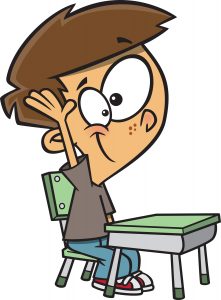
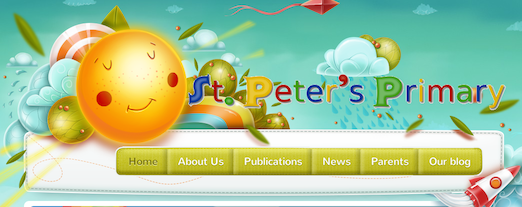

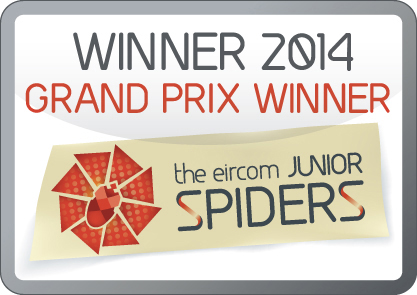
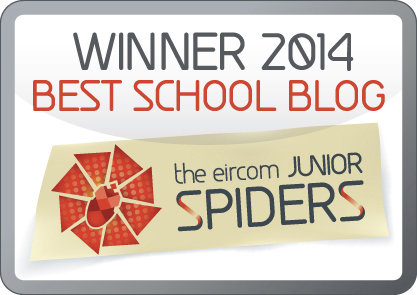
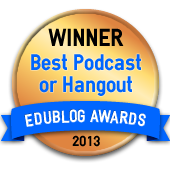

2:28 pm on March 10th, 2014
I think there was great detective work going on here. There were very good reasons offered for the different creatures being put together. I’m wondering if any of the class might like to be palaeontologists in the future?
4:26 pm on March 10th, 2014
I thought it was great fun. I felt like I was a real archaeologist!
8:21 pm on March 10th, 2014
I really loved trying to find out what kind of animals the bones belonged!
1:14 pm on March 11th, 2014
Tony, I’d rather be a footballer or a boxer, but if I had to choose something else, I’d pick paleontologist!
1:17 pm on March 11th, 2014
Sam and Aaron you are both good news reporters!